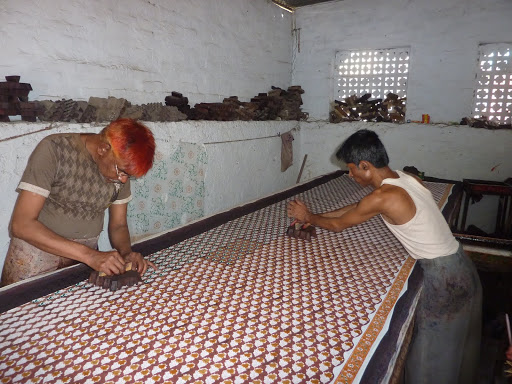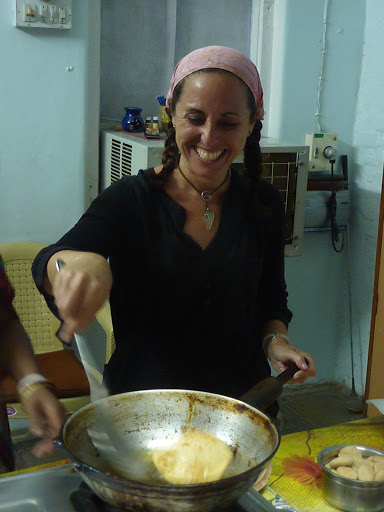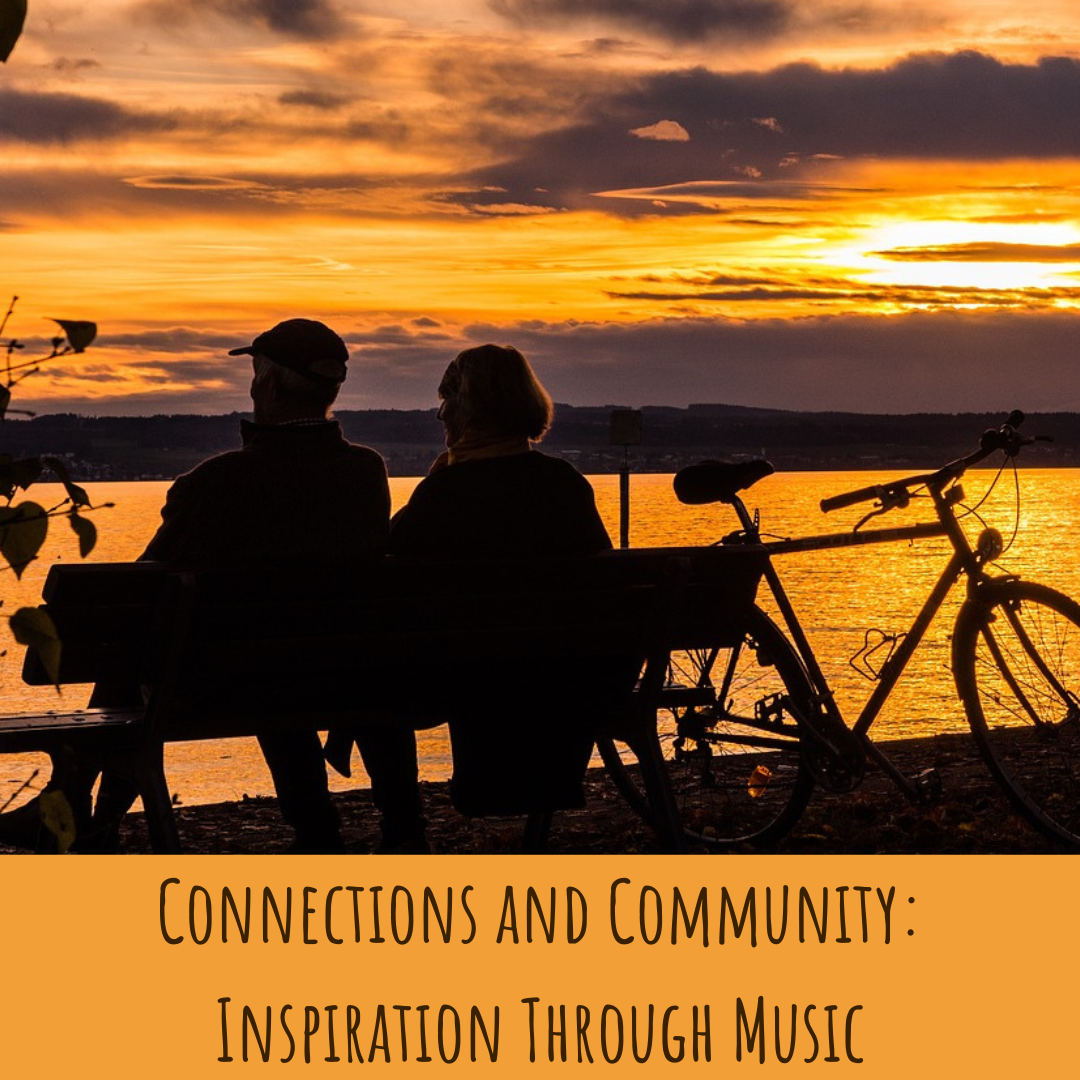Through the Eyes of an Educator: India
Whether you’re on Pinterest, Instagram, or Facebook, these days, travel quotes are ever present. Found on social media, they urge the end of complacency and the rise of carpe diem. Adventures and journeys, whether personal or actual, are growing in popularity. In a world where materialism still reigns supreme, thankfully, more and more people are choosing experiences over purchases and realizing that comfort zones are meant to be broadened.
Can education make those same changes? When the world of education melds with travel experiences, magic happens. Today’s traditional classrooms weave technology with books and find Google searches replacing encyclopedias. Video-conferencing has surpassed pen pal writing, and even the White House is shouting the benefits of international experiences. The youngest of eyes can be opened with travel of all kinds. When you make the world your classroom, the possibilities soar. Travel is priceless.
In year nine Global History curriculums in New York, India gets a few chapters. There are the river valley civilizations, golden age developments, geography, religions, and philosophies that are all ‘covered’ in textbooks, lessons, and projects.
The minute you land in India, computer fonts spring to life and the realization that there’s so much more life here than any details a classroom could ever provide smacks you in the face.
Every teacher looks for that ‘aha’ moment. In a classroom, activity, or any type of learning experience, the moment when something ‘clicks’ is a magical one. Travel offers endless ‘aha’ moments, from the little to the giant, opening minds and sparking interest in cultures and customs one may have never before known. If discourse between locals and travelers could again replace standardized test questions and data mining, education would return to the lively state it once held.
A journey to India provides priceless magical moments filled with learning without ever knowing it’s happening.
In 2013, my husband and I spent two weeks in Northern India, mostly on a journey through Delhi, Agra, and Jaipur. Nothing we read or watched, nor anyone we spoke to prior, could have prepared us for India - yet today, India ranks in our top ten favorite destinations to which we’ve ever visited. India is a combination of the old world meeting the new. Tradition is palpable while change is happening. Rickshaws, cows, and camels share the roadways with tourist buses, motorbikes, and tuk-tuks. Learning to cross the street is a skill and life lesson learned quickly. Endless aromas assault the senses as markets flood with buyers, and hawkers and snake charmers work their magic. Religious observance is ever present, service is kind, people are pleasant, and being a vegetarian is easy. Here the caste system is still partially practiced, there’s unemployment, arranged marriages, and roaming cattle contrasting with endless wealth, gorgeous garments, delicious cuisine, interesting people, and incredible traditional splendor. This is India.
On the whole, a visit to India is a learning curve all in itself. Daily jaunts through a city or village will teach about privilege and honor, the gap between poverty and wealth, the contrast between population and employment and how families take care of each other. Aroma scented alleyways draw you in as flavorful delights are concocted right before your eyes. Giant bags filled with pulses, lentils, beans, and rice fill market stalls while brightly colored magnolias line the aisles. Spend an hour or a day in any market and you’re sure to learn more there than any textbook could even begin to try to teach. Language, personal space, negotiations, women’s place in society, bartering, diet, economics, and family are just the tip of the iceberg explored daily amidst the markets.

In one day we went from the country’s largest Mosque to its largest Sikh Temple. Religion was no longer a venn diagram on a board or a compare and contrast T-chart, but a hands-on experience. Leaving shoes at the entrance and donning coverings in line with tradition allowed us entrance into the beautiful mosque to glimpse into the teachings of a global monotheistic religion. At the Sikh Temple, we left our shoes and bathed our feet prior to entering and not only witnessed a beautiful religious ceremony, but got a tangible experience as well. Adjacent to the temple is a food shelter. The largest pots I’ve ever seen are filled with bubbling deliciousness created by hands of volunteers who come to serve. Regulars and first-timers alike may be behind the scenes or on the lines. Regardless, all are welcome here. Some cut potatoes, others stir pots, while still others spend hours rolling dough balls and flinging them onto a hot grill to inflate into bread soon to feed the hungry. Taking part in a kindness mission and the simple act of feeding people is an experience, yet the take away is even greater. Perhaps it’s the beginning of a life of philanthropy in your little ones, perhaps it’s the first time they’ve ever witnessed random strangers breaking bread together, or perhaps it’s that teachable moment sparking a conversation about hunger, privilege, and the basic tenets of kindness that cross religious, ethnic, and all other barriers.

Rolling dough balls at the Sikh Temple, Delhi
This land of pungent spices, promise, and potential is steeped in history, religion, and tradition. Many Hindu and Muslim women are often in customary dress. Many married women will have a red marking in the part of their hair. Made from sandalwood, this is put on daily to show their marital status. Unmarried women may place a sticker or dot for beauty, if they choose. In various parts of the country, some women in villages may have rings on a few toes to show their marital status. Clothes and tapestries adorned in colorful threads are readily available and tell much about a person’s choices, beliefs, and place in society. Cricket is ubiquitous and links a nation. Pitches pop up in villages, on streets, amidst gravel parks where cows aimlessly wander and in green spaces everywhere. Where bowlers are king, bats are in form, and wickets are made out of anything you can find, cricket is more than a game here. Choose to watch or join in - either way, what you see is far more than sport. Passion, communication, spirit, tolerance, teamwork, and sportsmanship are seen in a world game that raises hopes, crosses barriers, and builds friendships. A game of cricket is a course in international relations and all are always welcome.

Cricket in the village
India’s architecture translates its history. With forts aplenty, visitors can journey through the Mughal and British empires. The forts made out of red sandstone are often Mughal designated while the various designs share the stories of the rajahs of the time. The Red Fort in Delhi was our first. In incredible condition after such a long time, the dates on the sign provide a maths and history lesson. It gave me pause to recall images of buildings in the United States and realize again that the history of so many places in the world far surpasses that of my home nation. Although the stunning architecture is at the forefront, what struck me first was the pricing at the ticket office. The fort had two prices-one for foreigners and one for Indians. At first glance, it seemed wrong for foreigners to have to pay more to enter this historic monument, and then came the teachable moment. In a country with an enormous gap between rich and poor, it is feasible for the majority of the national population to be able to take families to visit their own historical monument for an afternoon. Without any textbook or professor in sight, we had our first economics lesson right there in the line for the Red Fort.

In stunning contrast to the red sandstone is the marble of the Taj Mahal. This wasn’t a scene out of Aladdin’s Arabian nights, but the mysticism and magic was not lost on any of the sunrise visitors. Awestruck by its beauty, standing in the gateway arch is one of those ‘pinch me’ moments. Translated to mean crown palace, it took twenty-two years and over twenty thousand skilled workers to build the world of blended culture and design that is the Taj Mahal. Complete with marble and inlaid gemstones, this palace, in the shape of a Queen’s crown, holds history, family, power, and meaning in its every stone. Aside from standing in a place of greatness and an UNESCO heritage site, being at the Taj Mahal teaches more than history. Visitors must cover their shoes when entering to keep the marble safe. No objects of any kind are brought inside, as sadly there are those who have chosen to vandalize the walls and remove gems or etch into the stones. Waiting your turn, honoring history and culture, general manners, listening skills, and interacting with a crowd are other skills honed in a visit to this world wonder.

In my year nine class, we studied the tenets of Hinduism, including the caste system. On my trip to India, no pages were needed-structures and roles were visible. On a village tour where children smiled, kids played cricket and our guide invited us into his home for chai with his family; the role of family and customs was widely displayed. Here, the women’s role was truly in the home. Young girls took cow dung and shaped it into patties for use in fuel, heating, and cooking. Some families got government assistance to fix their homes (many without doors), while others did not. Much of what is done by machines in the first world is still done by hand here. Sharing stories with a local family is more than breaking bread. It creates a bond, a first hand account and a small glance into a life that could be yours if for nothing else than geography. New friends were made and perspective served with a side of biscuits and tea happened here.
Before visiting India, I messaged a friend who lives in Delhi. Her advice: “Try the food, don’t drink the water, take acidophilus tablets ahead of time, and know that you’ll both love and despise this place.” I loved it. Sparking a desire to cook with new spices, learn more about Indian culture, share my experiences and shout from the rooftops about how important it is to travel to India and beyond are just a few of the takeaways from our visit. There are stately ruins that hold a country’s past and the world's largest step well that once held significant amounts of valuable water.

We could try our hand at block printing in Jaipur’s garment shops, get a lesson on how to drape a sari and got up close and personal to the culinary wonder of Indian cuisine in a cooking class at a local’s home. Lessons explode off the pages. Traditional classrooms aren’t the only way to share information or impart wisdom.

Travel brings those lessons to life and travelers are forever changed.
Take a journey, find an adventure – when you return talking about it with sparkling eyes filled with wonder and a passion rarely before felt, you’ll know it’s right.
Your knowledge has increased, worldview grown, perspective changed, and perhaps you’ll find a new direction or path to choose.
India is a great teacher, sharing lessons at every turn…I can’t wait for my next visit.

Stacey Ebert, our Educational Travels Editor, is a traveler at heart who met her Australian-born husband while on a trip in New Zealand. Stacey was an extracurricular advisor and taught history in a Long Island public high school for over fifteen years, enjoying both the formal and informal educational practices. After a one year 'round the world honeymoon, travel and its many gifts changed her perspective. She has since left the educational world to focus on writing and travel. She is energetic and enthusiastic about long term travel, finding what makes you happy and making the leap. In her spare time she is an event planner, yogi, dark chocolate lover, and spends as much time as possible with her toes in the sand. Check out her website at thegiftoftravel.wordpress.com for more of her travel musings.
All photos courtesy and copyright Stacey Ebert



















